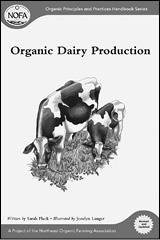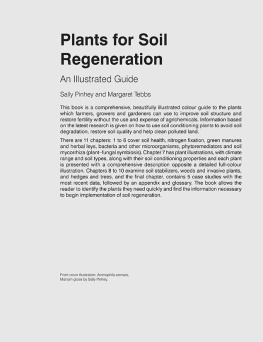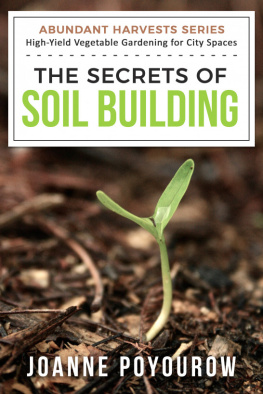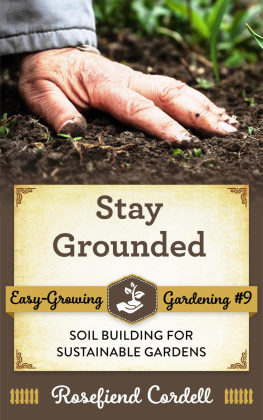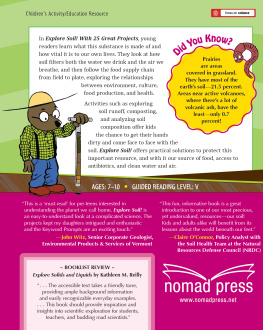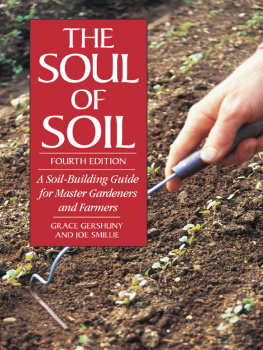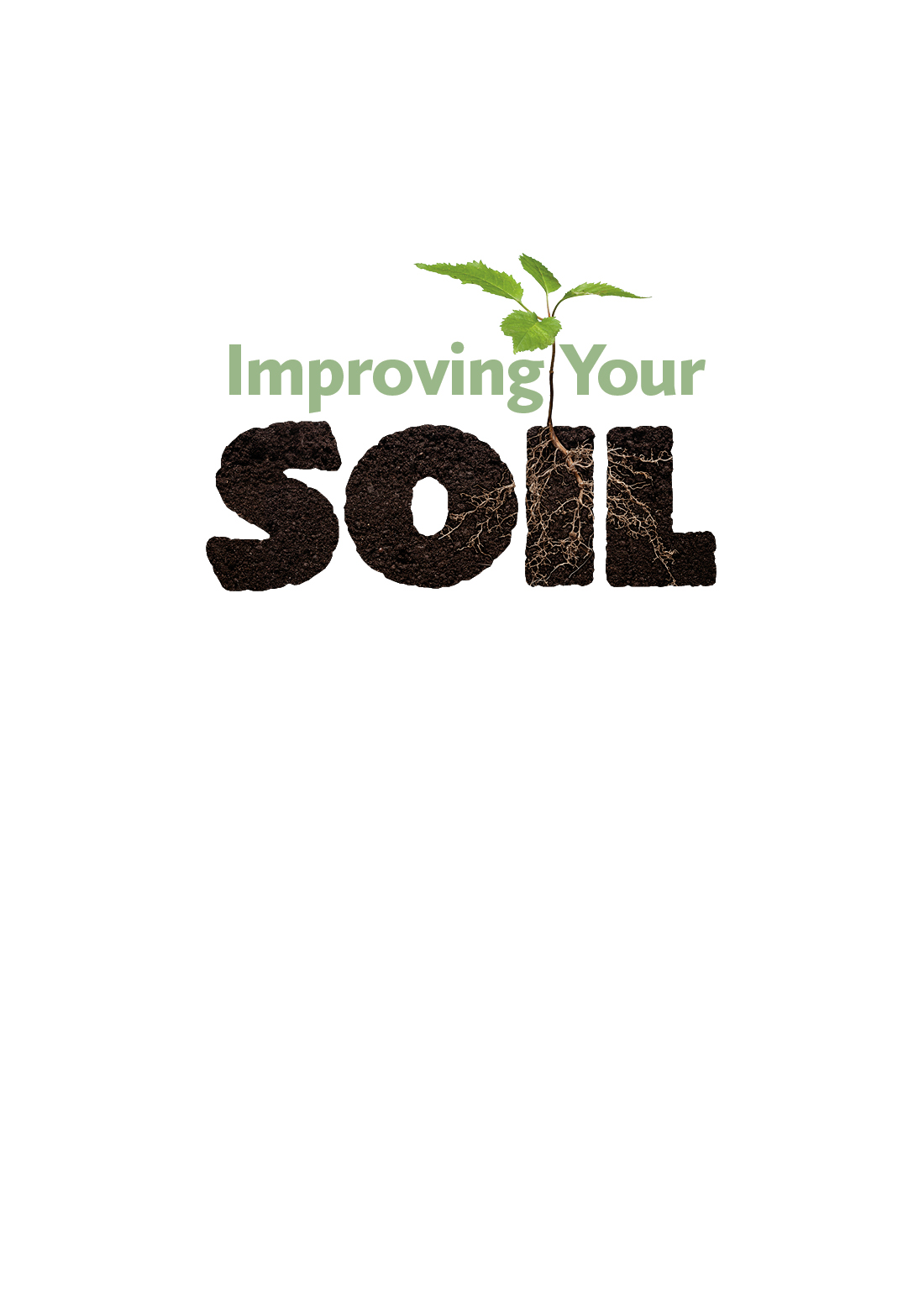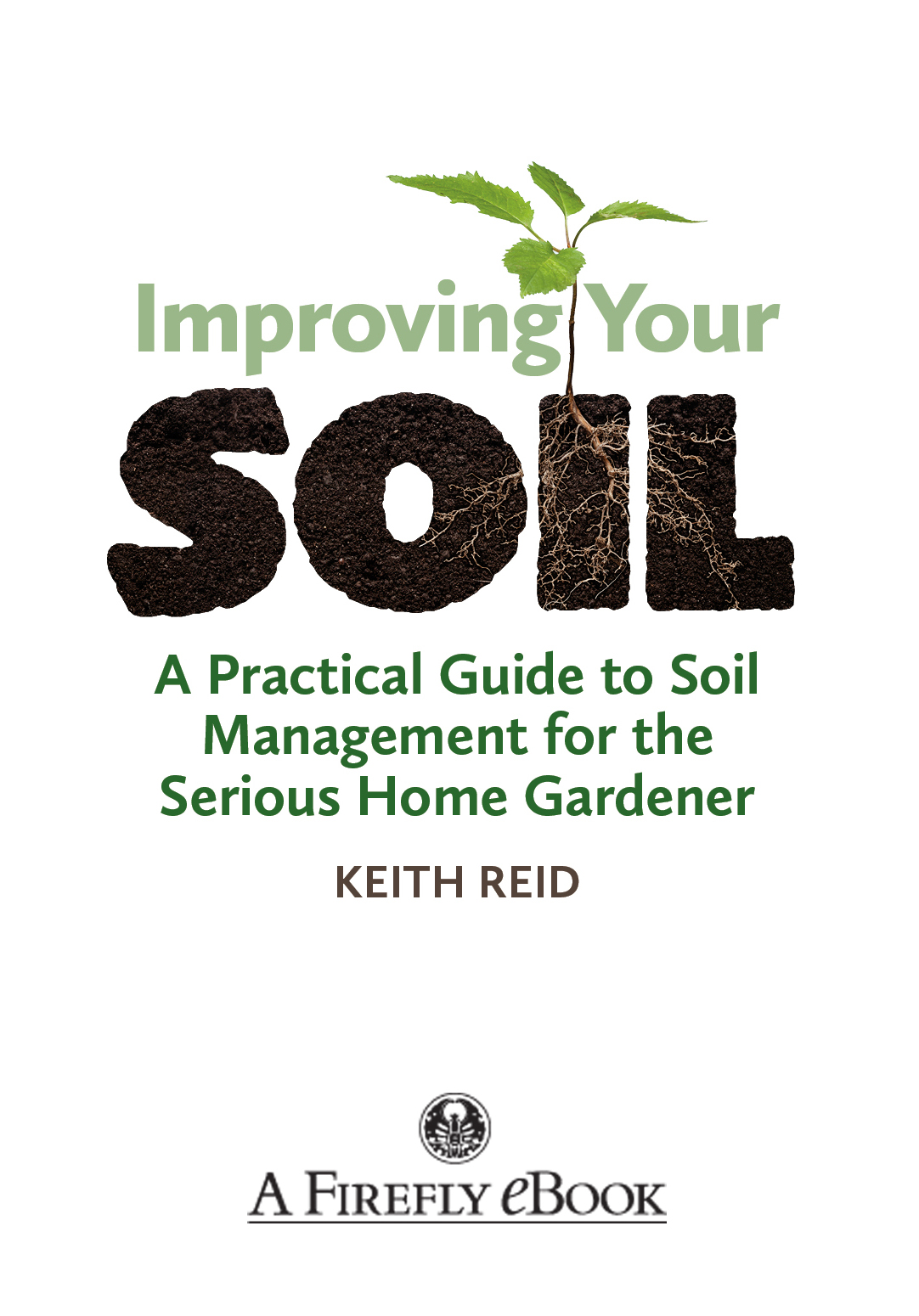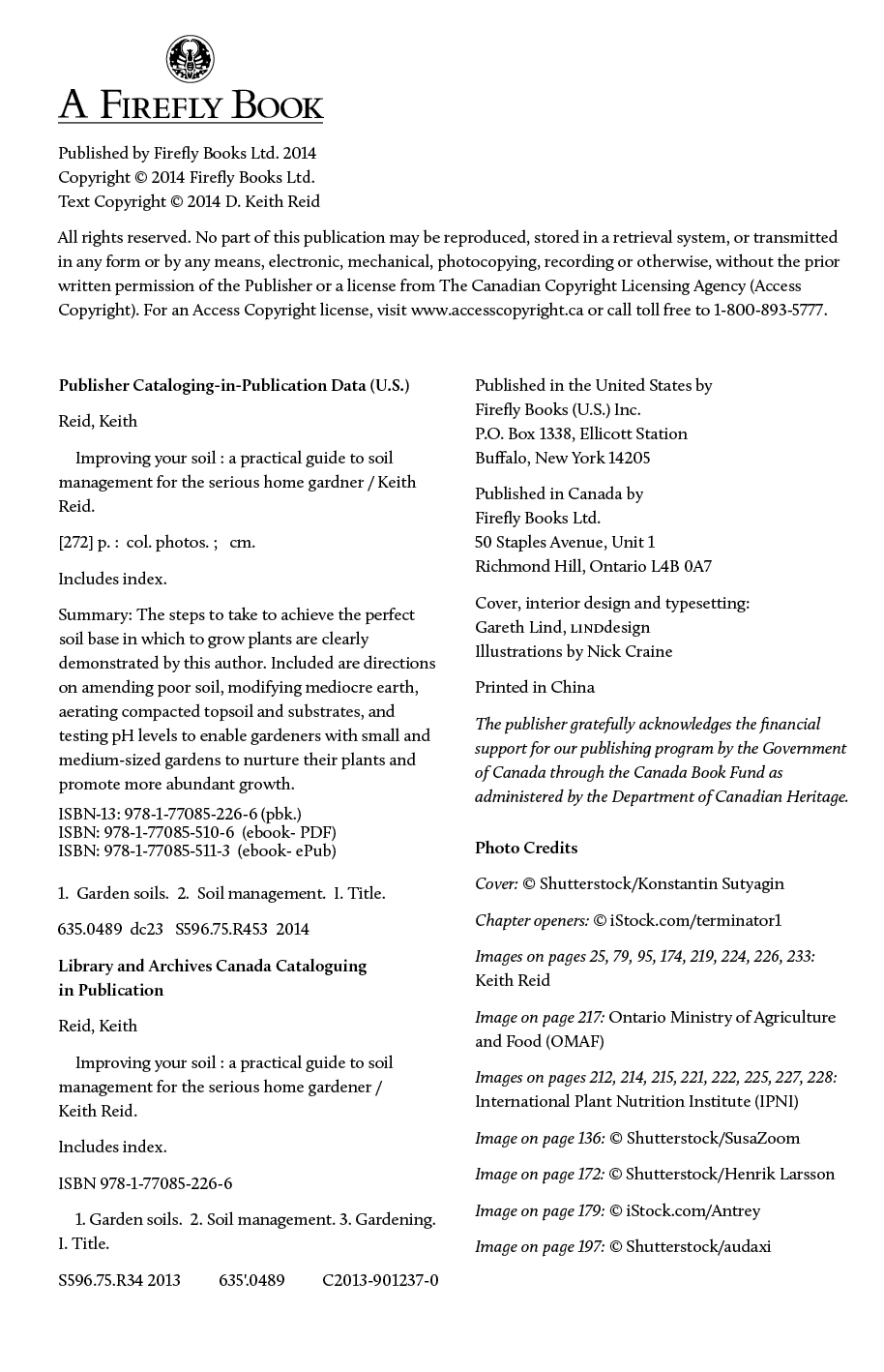Keith Reid - Improving Your Soil: A Practical Guide to Soil Management for the Serious Home Gardener
Here you can read online Keith Reid - Improving Your Soil: A Practical Guide to Soil Management for the Serious Home Gardener full text of the book (entire story) in english for free. Download pdf and epub, get meaning, cover and reviews about this ebook. year: 2014, publisher: Firefly Books, genre: Children. Description of the work, (preface) as well as reviews are available. Best literature library LitArk.com created for fans of good reading and offers a wide selection of genres:
Romance novel
Science fiction
Adventure
Detective
Science
History
Home and family
Prose
Art
Politics
Computer
Non-fiction
Religion
Business
Children
Humor
Choose a favorite category and find really read worthwhile books. Enjoy immersion in the world of imagination, feel the emotions of the characters or learn something new for yourself, make an fascinating discovery.
- Book:Improving Your Soil: A Practical Guide to Soil Management for the Serious Home Gardener
- Author:
- Publisher:Firefly Books
- Genre:
- Year:2014
- Rating:3 / 5
- Favourites:Add to favourites
- Your mark:
Improving Your Soil: A Practical Guide to Soil Management for the Serious Home Gardener: summary, description and annotation
We offer to read an annotation, description, summary or preface (depends on what the author of the book "Improving Your Soil: A Practical Guide to Soil Management for the Serious Home Gardener" wrote himself). If you haven't found the necessary information about the book — write in the comments, we will try to find it.
Valuable advice from an expert in soil science.
Intended for both small and medium-size gardens, Improving Your Soil reveals the steps to take to achieve the perfect soil base in which to grow plants. With directions on amending poor soil, modifying mediocre earth, aerating compacted topsoil and substrates, and testing pH levels, this book enables gardeners to nurture their plants and promote more abundant growth.
The features of good soil include proper structure and nutrients that encourage healthy plant growth. Soil in good tilth is loamy, nutrient-rich and friable because it has an optimal mixture of sand, clay and organic matter that prevents severe compaction. Improving Your Soil shows gardeners how to improve the soil in their garden to encourage good seed bedding and a strong root system for proper nutrient disbursement throughout various soil depths.
Flower gardeners and vegetable gardeners will all benefit from the tips and methods in Improving Your Soil.
Topics include:
The detailed information is complemented with line drawings, diagrams and illustrations that demonstrate various soil issues and how to resolve common problems. With information on remedying specific problems with particular plants, Improving Your Soil will be an often-consulted resource for all gardeners.
Keith Reid: author's other books
Who wrote Improving Your Soil: A Practical Guide to Soil Management for the Serious Home Gardener? Find out the surname, the name of the author of the book and a list of all author's works by series.



